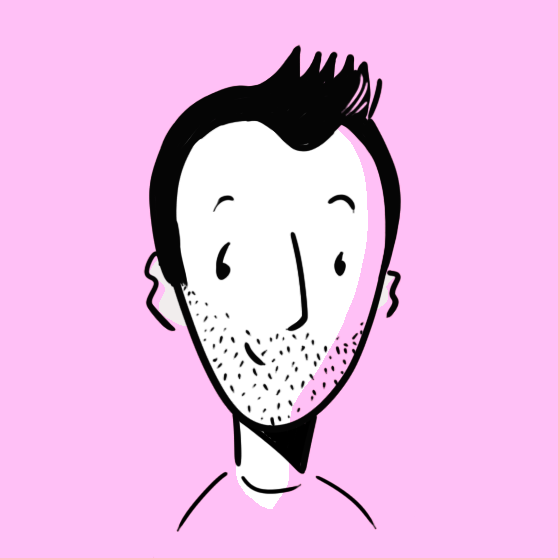It’s obvious when it comes to physical activity – if I haven’t run 5km for 20 years, it’s not fair to expect that i’ll put on my running shoes tomorrow and be able to do it without breaking a sweat. It’s expected that I’ll have to work up to it again. 1km per day for a while, then 2km, then 3km and so on.
Same with learning piano. In June, I sat down to a piano in for the first time but knew I wasn’t going to bang out Moonlight Sonata. I pressed a few keys (many of them wrong), made some sounds, played some chords based off an ebook download… then my concentration wained, my fingers grew tired – but it’s a start.
For some reason, I thought that completing a picture book digitally wouldn’t be that different to the 20 or so I’ve already done, but they’ve been HARD. Like trying to walk through a thick swamp.
Normally, I find flow in final art making but there’s been very little of it lately. The software and new workflow has gotten in the way more times than I would have liked and if the Apple Pencil wasn’t worth $200, I probably would’ve snapped it in my moments of frustration.
But…
Something changed towards the end of the second book. I realised, almost without thinking about it, that a workflow had emerged. I opened a canvas, followed a series of steps – lines, flats, colour, render – organised layers after the ‘creative’ bit was done, then prepped files for delivery.
I don’t know why I thought it would be easier. The learning curve was less of a curve and more like a steep wall:
- It was my first time using Procreate (so I had to learn an entirely new piece of software and how to maintain consistency across those files),
- my first time dealing with digital colour spaces for illustration (and the onscreen differences),
- my first time trying to work on two very different books at the same time (switching sizes, materials, styles etc),
- my first time setting up new files for print across inDesign & Procreate,
- my first time colour-adjusting after the work was done,
- my first time working out what the iPad was good for – how to sit with it sustainably and comfortably over long periods of time,
- and many other things
That’s a lot.
I ran two marathons in 6 weeks having never ran one before and, not only have I made it to the finish line, but I didn’t finish last – I outran myself. In hindsight, it was probably a bit dumb, but isn’t that always the way; sometimes naivety can be a strength.
And, like with any learning experience, now is a time for consolidation. To go back and watch the replays and think about what I could be doing differently next time. What worked and what didn’t. To learn from the successes and the mistakes so that the next marathon is less of a slog – perhaps I can improve my endurance, and who knows, maybe, eventually, work up to a point where I could even find some flow.
